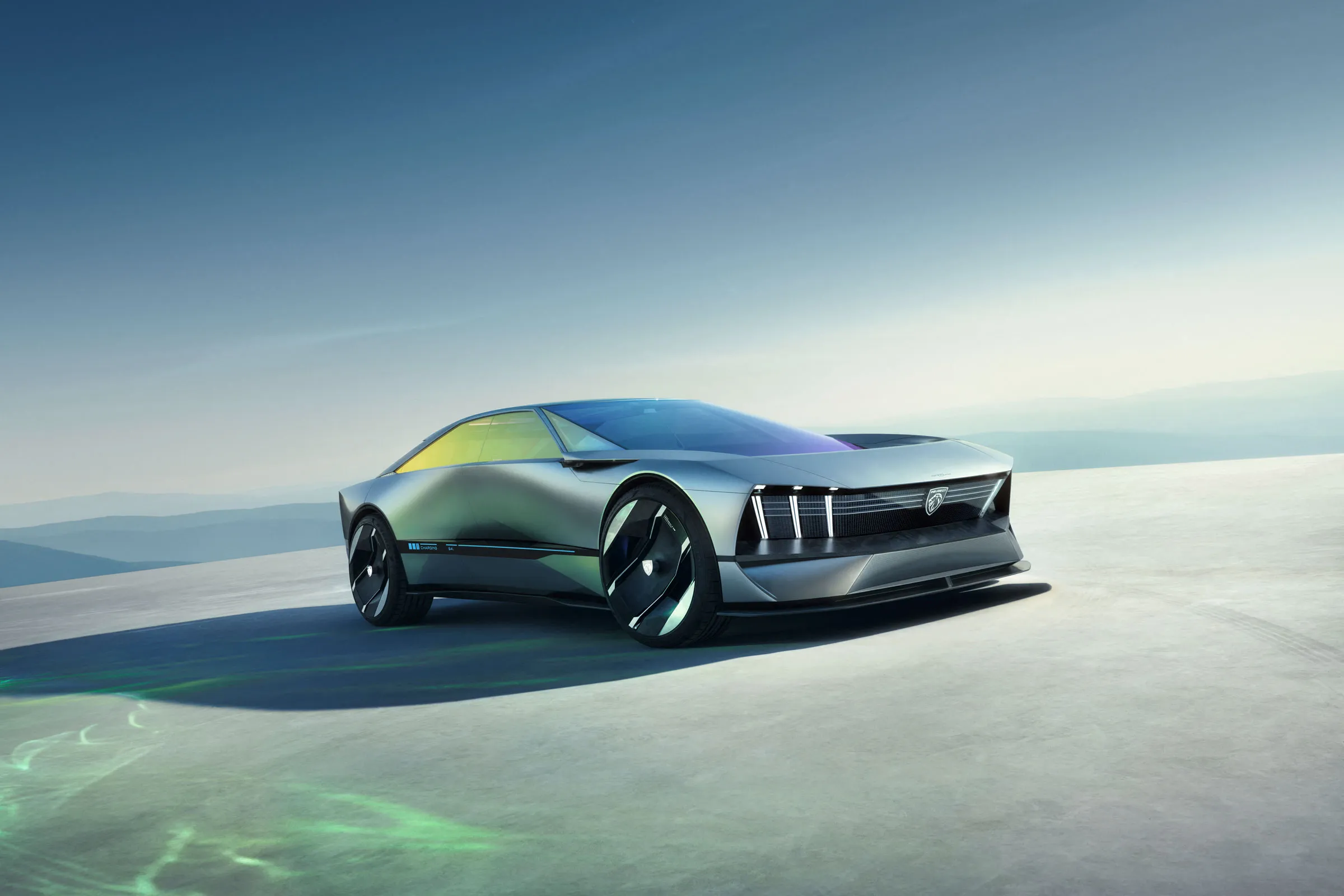The automotive industry is always evolving, with each year bringing fresh technological breakthroughs that redefine the way we drive and interact with vehicles. 2023 was no exception, as innovations spanned across various areas including performance, sustainability, and vehicle design. From game-changing powertrains to eco-friendly solutions, this year proved that the industry’s pursuit of improvement is unwavering. These advancements demonstrate how automakers are tackling challenges such as carbon emissions, energy efficiency, and enhanced driving experiences, all while pushing the boundaries of what’s possible in automotive technology.
In this article, we’ll highlight some of the standout innovations that shaped the motoring landscape in 2023. From Porsche’s engine hitting 12,000rpm to the introduction of solar panels on electric cars, the automotive sector has seen remarkable progress. These innovations reflect the drive toward creating more sustainable, efficient, and high-performance vehicles, offering a look at the future of motoring and how these developments are changing the industry for the better.
Interior Lights That Imitate Sunshine
Volvo made waves in 2023 with the introduction of a new lighting system designed to mimic the effects of natural sunlight. This innovative LED system, used in the Volvo EX90, aims to create a more uplifting atmosphere inside the car, especially on gloomy mornings. The lights have a color spectrum similar to sunlight and are said to boost serotonin levels, promoting a sense of well-being. By mimicking the warming glow of natural sunlight, these interior lights not only enhance the cabin’s visual appeal but also improve mood and energy, providing a healthier and more enjoyable driving environment. This technology is a step toward integrating mental wellness into automotive design, making the driving experience more pleasant and rejuvenating.

Fuel Made Out of Fresh Air
In 2023, a groundbreaking development in sustainable fuel technology emerged with direct air capture. This process involves capturing CO2 from the atmosphere and combining it with green hydrogen, produced using wind energy, to create e-fuel. The resulting fuel is chemically identical to conventional fossil fuels, meaning it can be used in existing combustion engines and even as jet fuel. The beauty of this technology lies in its scalability, as it has the potential to be produced and distributed at refueling stations globally. By utilizing renewable resources and reducing CO2 emissions, e-fuel offers a promising solution for decarbonizing sectors that are difficult to electrify, like aviation and heavy transport.
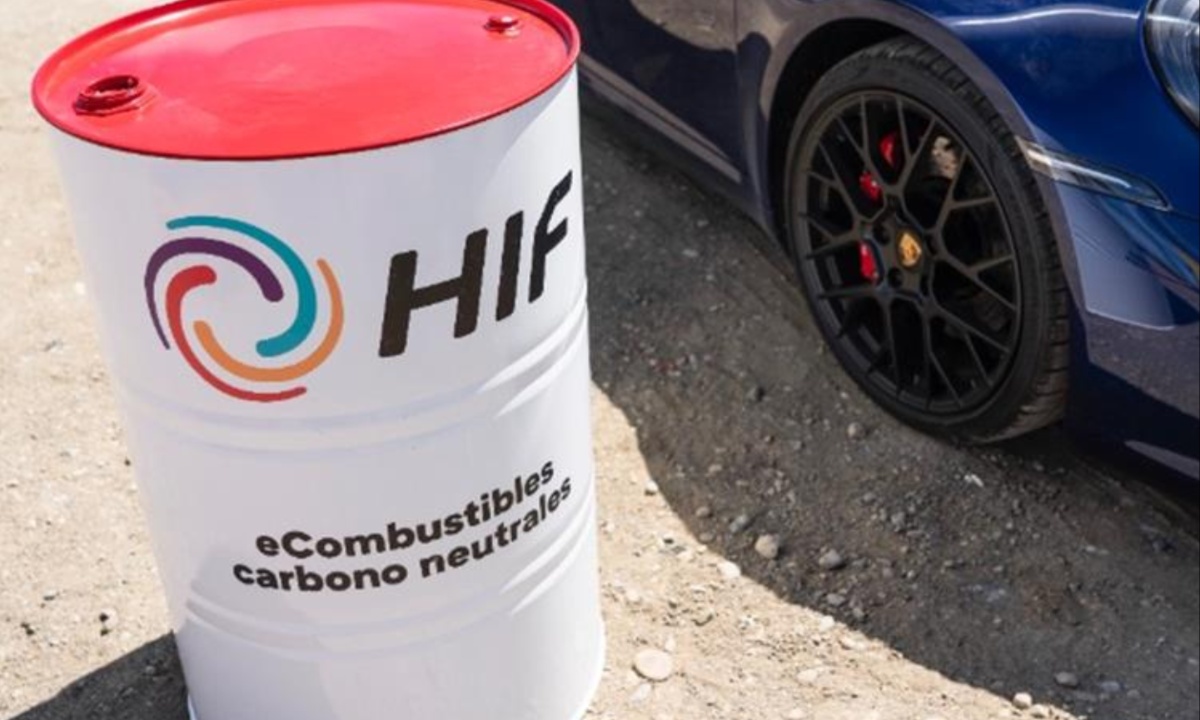
Sustainable Tyres in Production
In 2023, Goodyear made notable strides in developing tyres composed of 90% sustainable materials. These innovative tyres are made from a blend of eco-friendly ingredients such as soybean oil, rice husks, and recycled plastic bottles, marking a significant departure from traditional petroleum-based materials. This shift helps minimize the environmental impact of tyre production. Additionally, the resins used in manufacturing have been replaced with more sustainable options, including pine resin. This move aligns with Goodyear’s broader goal of reducing the carbon footprint of its products and promoting sustainability within the automotive industry. With these tyres already in production, Goodyear is taking an important step toward a greener, more environmentally responsible future for automotive components.
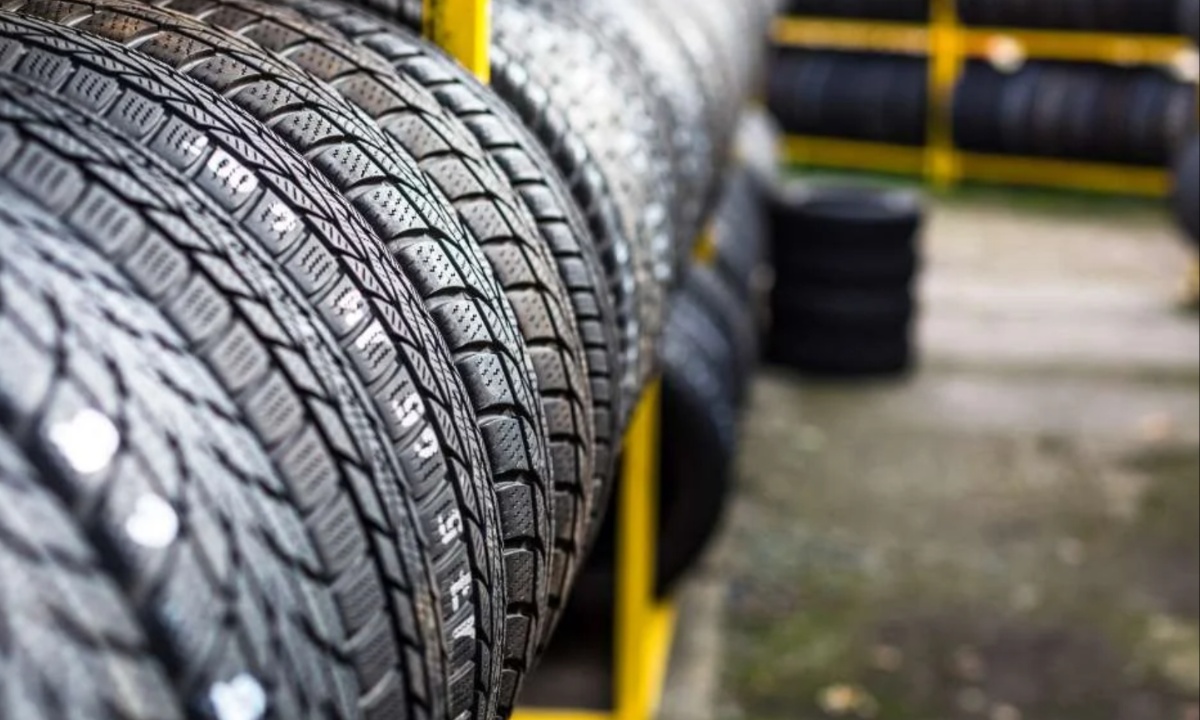
A Porsche 911 Engine That Hits 12,000rpm
One of the most exciting automotive developments in 2023 came from the Porsche 911, with a new engine upgrade capable of reaching 12,000rpm. This enhancement, introduced by Swindon Powertrain, involves a new four-valve cylinder head that improves the engine’s airflow. By using two intake and two exhaust valves, the engine is able to intake more air at higher revs without sacrificing efficiency. As a result, the 993-generation Porsche 911 can now reach nearly twice the redline of the original engine, jumping from 6900rpm to 12,000rpm. This increase in revs allows for better torque spread, more power, and a thrilling driving experience. With this modification, Porsche drivers can expect a more responsive and exhilarating engine performance.
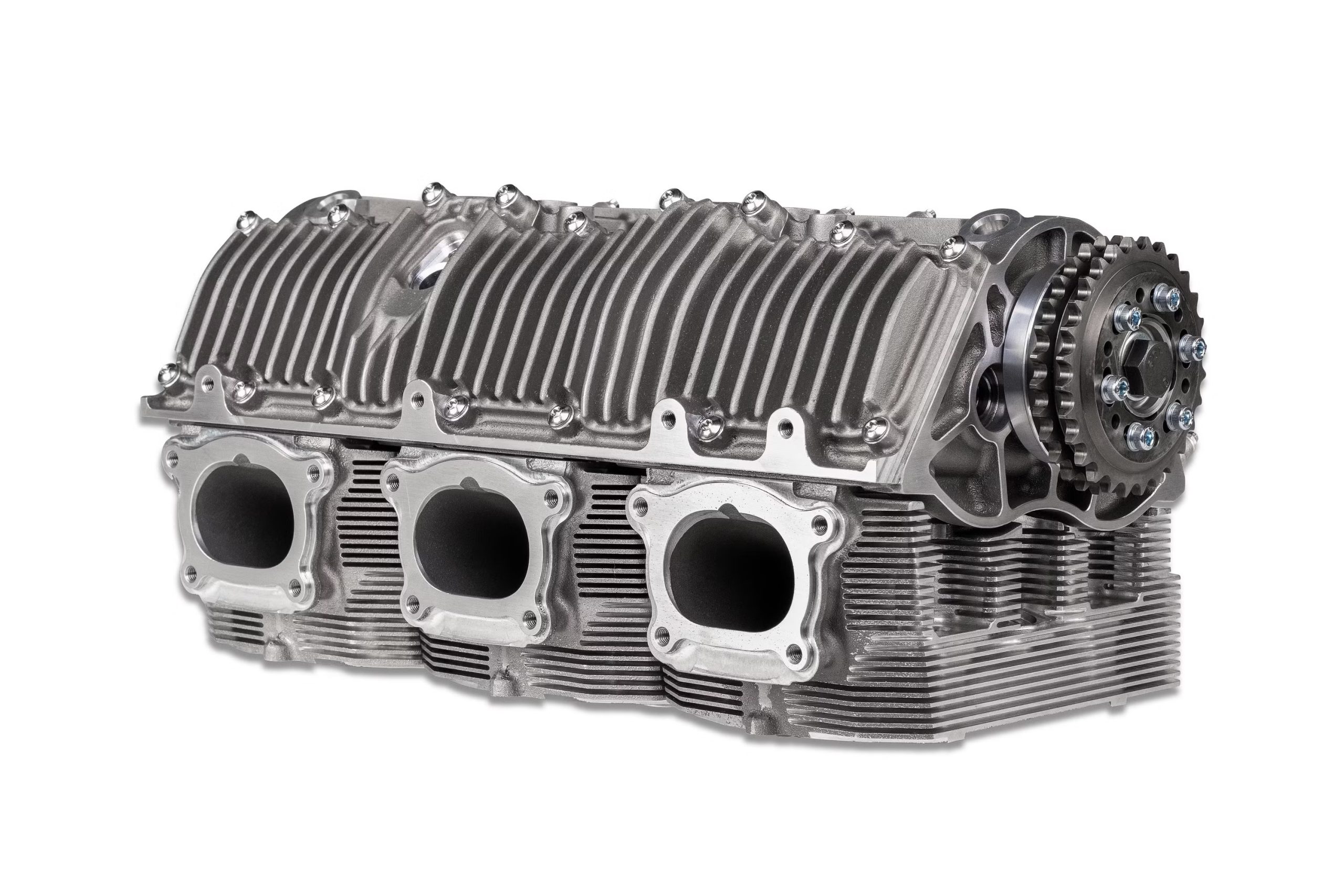
Ammonia Combustion Engine
In an exciting development toward reducing carbon emissions, the automotive industry saw the emergence of ammonia combustion engines in 2023. Developed by GAC and Toyota, this innovative engine burns ammonia, which is made up of hydrogen and nitrogen, making it a carbon-neutral fuel. Unlike hydrogen, ammonia is easier to transport because it liquefies under lower pressures. This breakthrough offers a promising way to decarbonize the millions of existing internal combustion engine (ICE) vehicles on the road. While ammonia combustion is still in its early stages, it represents a potential solution for reducing emissions in sectors that rely on traditional fuels, providing a valuable alternative for the future of the industry.
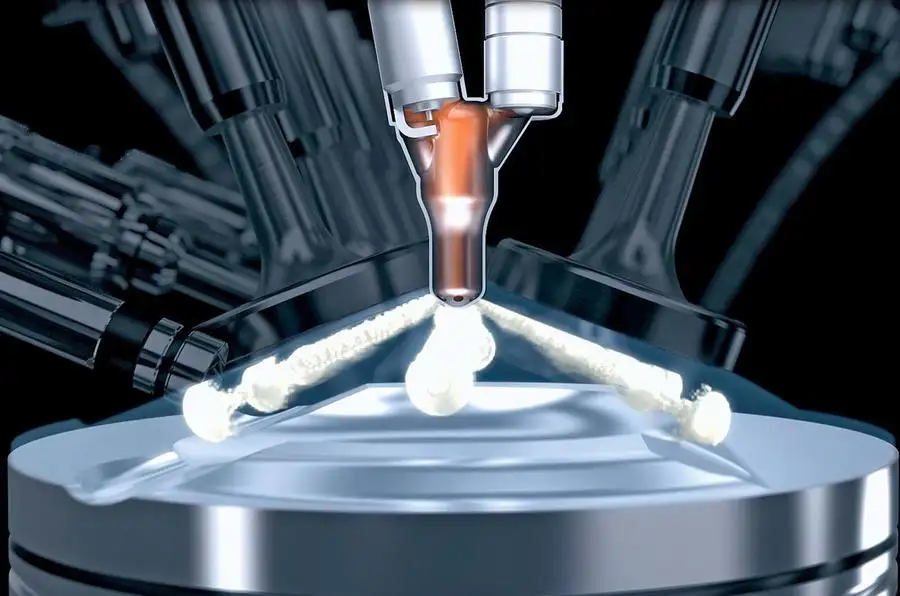
Green Brake Calipers
Continental introduced a new “green caliper” technology in 2023 to reduce particulate emissions from braking systems in electric vehicles (EVs). This innovative design minimizes residual brake torque, which is the force left between the brake pads and discs after the brake pedal is released. By reducing the friction that occurs when braking, the green caliper improves energy efficiency and decreases the release of particulate matter. It also reduces the weight of the braking system by 5kg per corner, which further boosts the overall energy efficiency of the vehicle. This advancement plays a crucial role in improving the sustainability of EVs while enhancing their range and handling, making them even more eco-friendly.
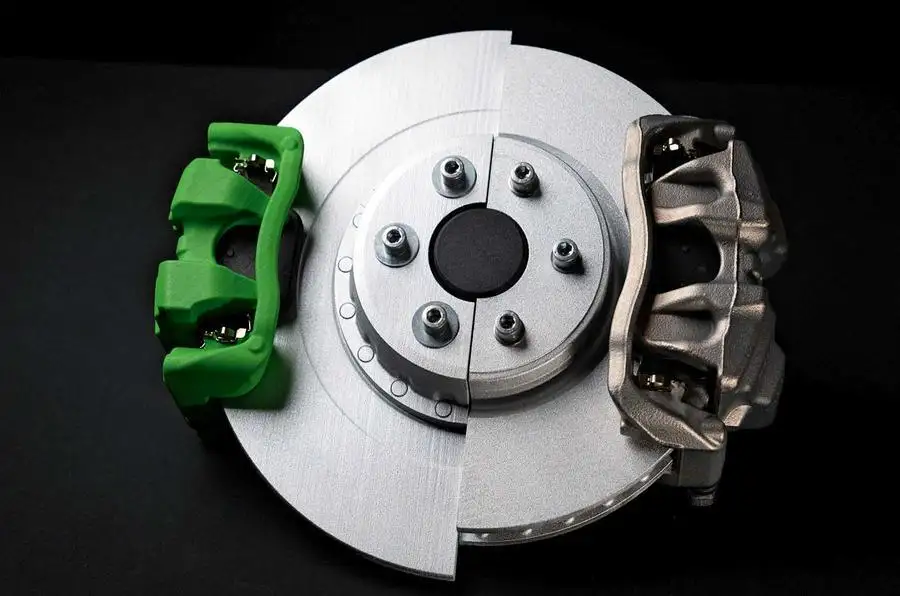
Even More Rigid Carbon Fibre
In 2023, carbon fibre technology took a giant leap forward with the introduction of Nawastitch, a new method that significantly enhances the rigidity of carbon fibre. Developed by Nawa Technologies, Nawastitch uses carbon nanotubes to reinforce the adhesive layers in traditional carbon fibre, resulting in a material that is both lighter and more impact-resistant. This method improves impact resistance by an impressive 900% while reducing weight by 20-30%. Already used in sports bicycle wheels, this technology is expected to revolutionize the automotive industry, particularly in applications like EV battery casings and hydrogen fuel cells, offering a stronger and lighter material that can help reduce emissions by improving energy efficiency.
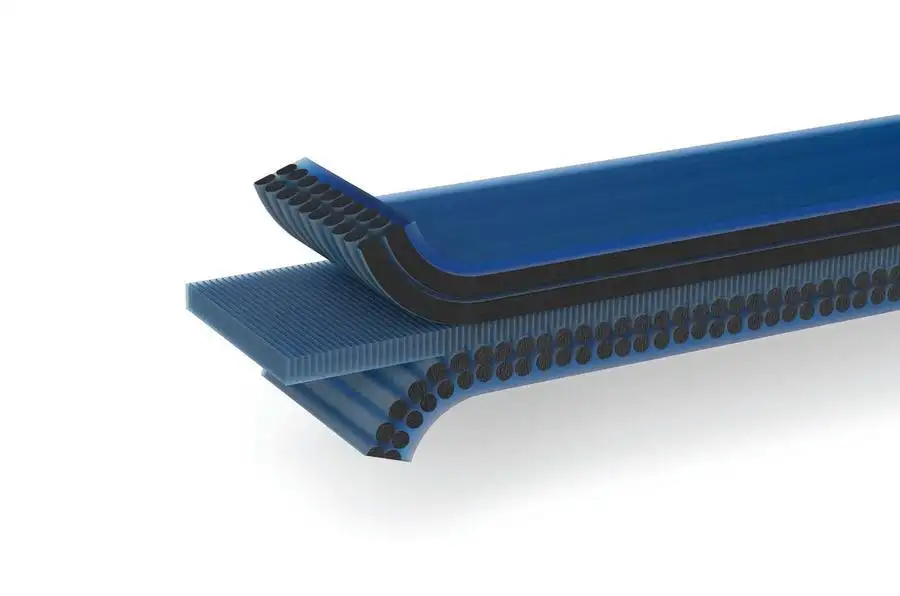
EV Solar Panels
In 2023, solar technology found a new purpose in electric vehicles (EVs) with the introduction of solar panels designed to charge the car’s battery. German tuning company ABT developed solar panels that can be installed on vehicles like the Volkswagen ID Buzz. These panels generate 0.6kW of energy, which adds an estimated 1860 miles of range per year to the vehicle. ABT is also working on side panels that could increase energy generation to 1kW. Additionally, Toyota introduced solar panels on the new Prius that can add up to 776 miles of range annually. This technology opens up new possibilities for reducing the reliance on charging stations by using renewable energy directly from the sun to power vehicles, helping to further enhance the sustainability of electric cars.
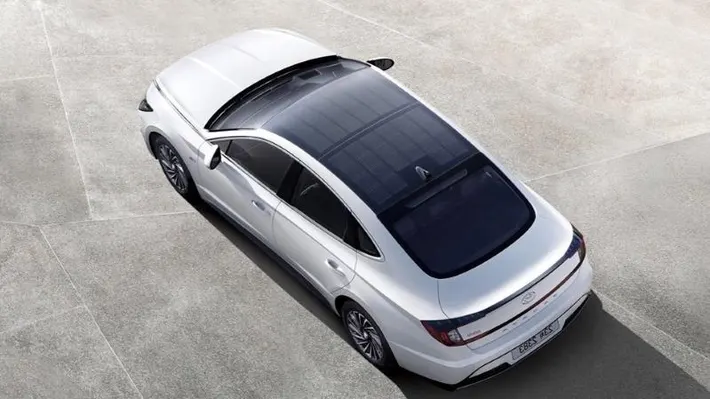
Improved EV Battery Swapping
Nio’s battery-swapping stations, which allow drivers to replace their EV battery in just minutes, received a significant upgrade in 2023. The third-generation battery swapping station, which can hold up to 21 batteries, can perform 408 swaps per day, representing a 30% increase in efficiency over previous versions. The process is incredibly fast, taking just 2 minutes and 30 seconds to swap a depleted battery, quicker than filling a conventional car with fuel. Battery swapping offers a compelling solution for addressing range anxiety and the slow charging times associated with traditional EV charging stations, providing a faster and more convenient way to recharge electric vehicles.
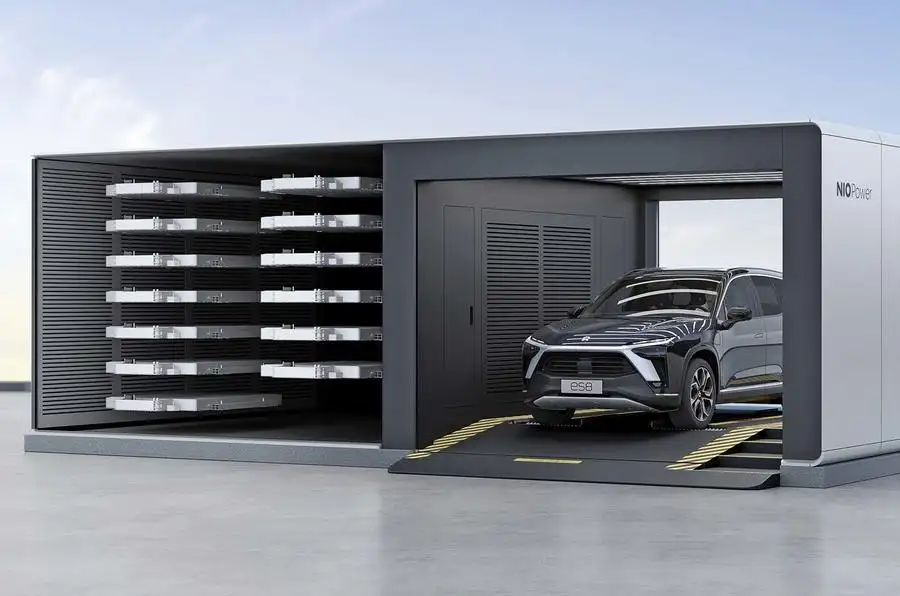
Smarter Powertrain Packaging
Nissan made a significant leap forward in 2023 with its new approach to powertrain packaging, which allows for the production of both hybrid and electric powertrains on the same assembly lines. By combining the motor, inverter, and reducer into one compact unit, Nissan has made its manufacturing process more efficient and cost-effective. This innovative packaging solution will reduce production costs by 30% by 2026, making electric and hybrid vehicles more affordable. By streamlining production, Nissan is helping bridge the price gap between traditional internal combustion engine vehicles and EVs, which could help accelerate the transition to electric mobility.
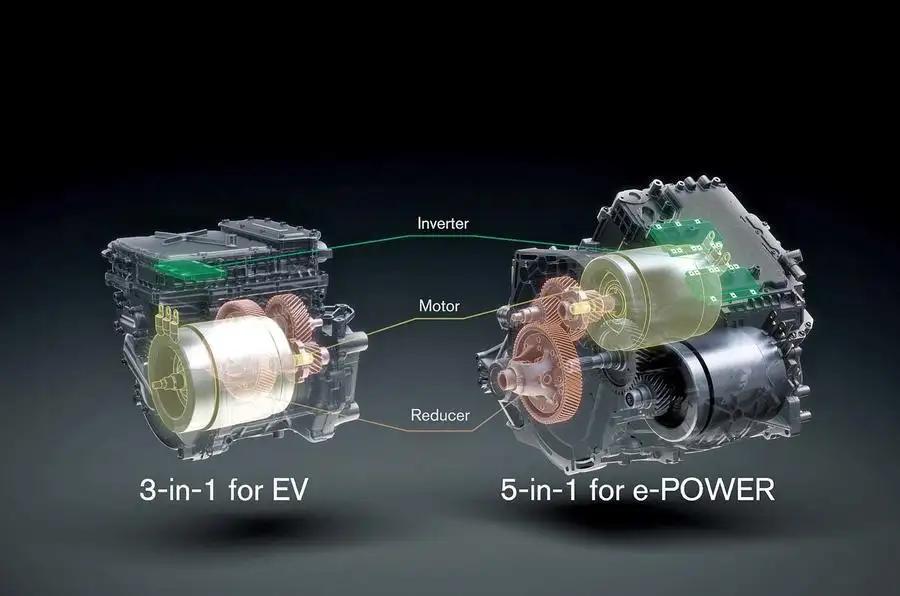
Bonus: Farewell to Bentley’s W12
Bentley bid farewell to its iconic W12 engine in 2023, marking the end of an era for the luxury automaker. The W12 engine, which had been a signature of Bentley’s performance cars for over two decades, was known for its compact design and smooth power delivery. The W12’s design, which combined elements of Volkswagen’s VR6 engine, allowed for a smaller and more efficient engine while maintaining impressive power and balance. Despite its departure, the W12’s legacy lives on through the performance and engineering principles it instilled in Bentley’s future vehicles. The company is now focusing on hybrid and electric powertrains as it moves toward a more sustainable future.
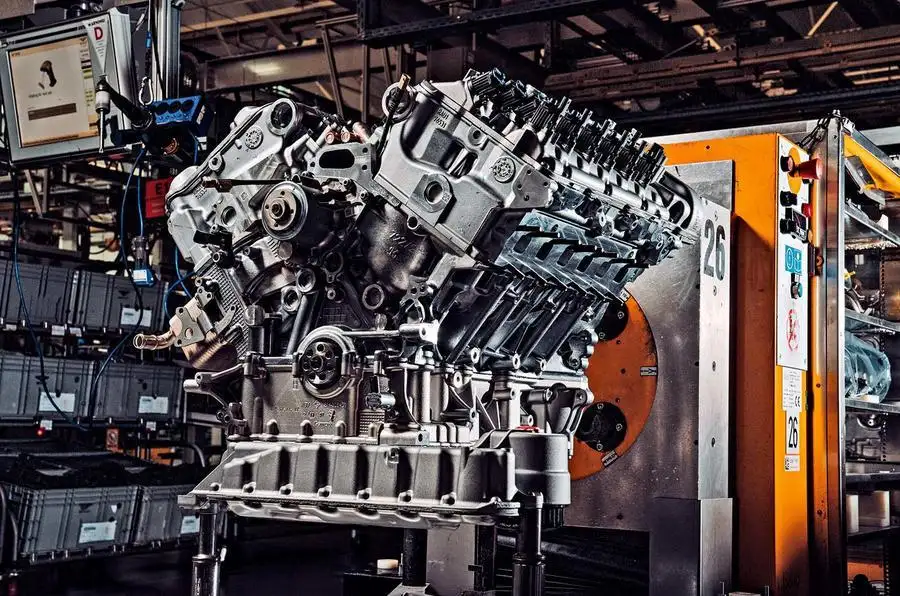
2023 has been a remarkable year for automotive technology, with new innovations that promise to redefine the industry’s future. From advanced performance engines and sustainable materials to cutting-edge fuel solutions and solar energy integration, these breakthroughs demonstrate the ongoing drive for excellence in automotive design and engineering. As the industry continues to evolve, these advancements will play a crucial role in shaping a more sustainable and efficient future for motoring. The future of the automotive industry looks bright, with even greater innovations on the horizon.

